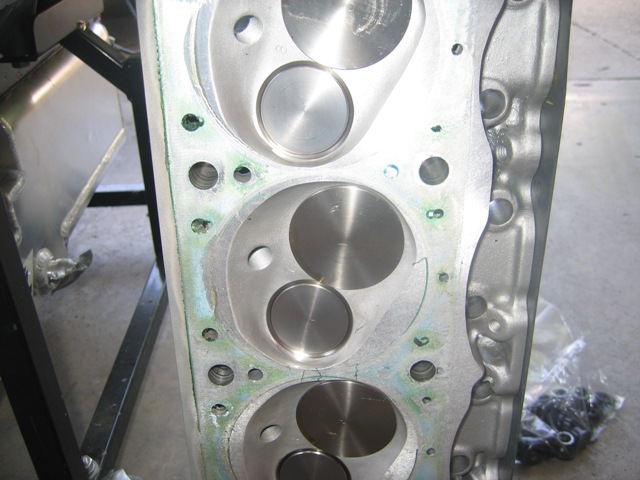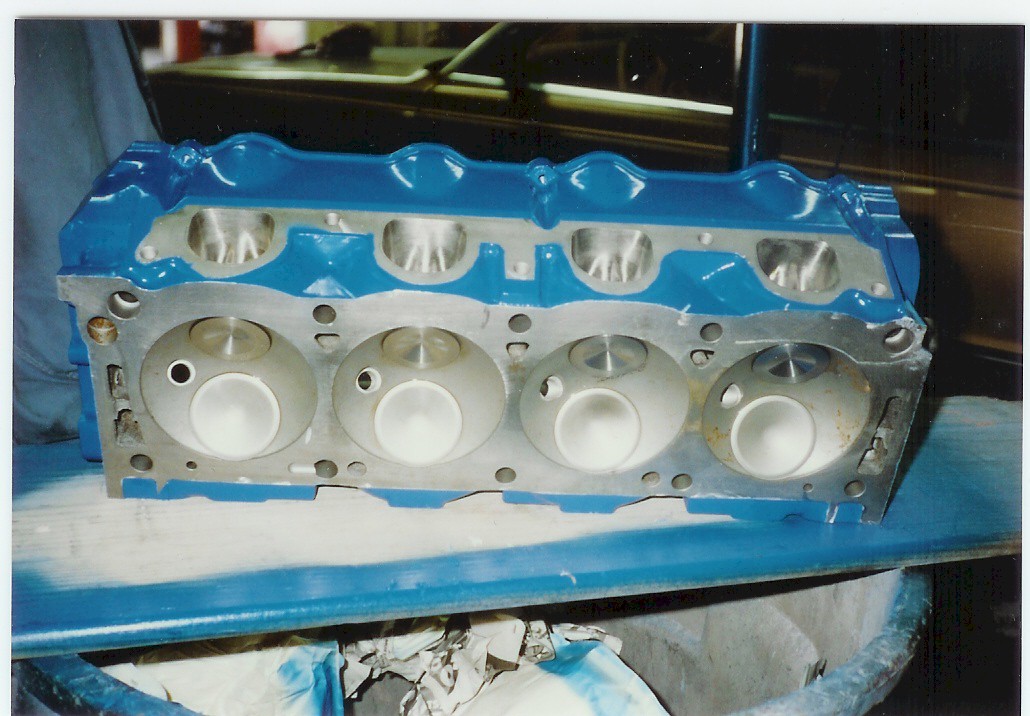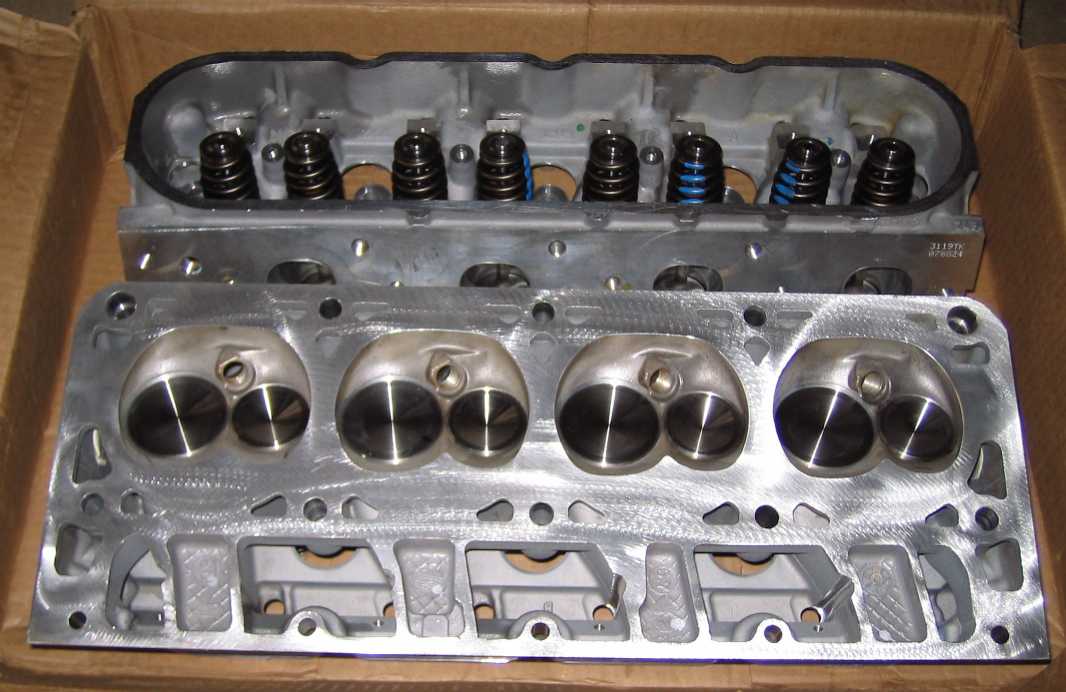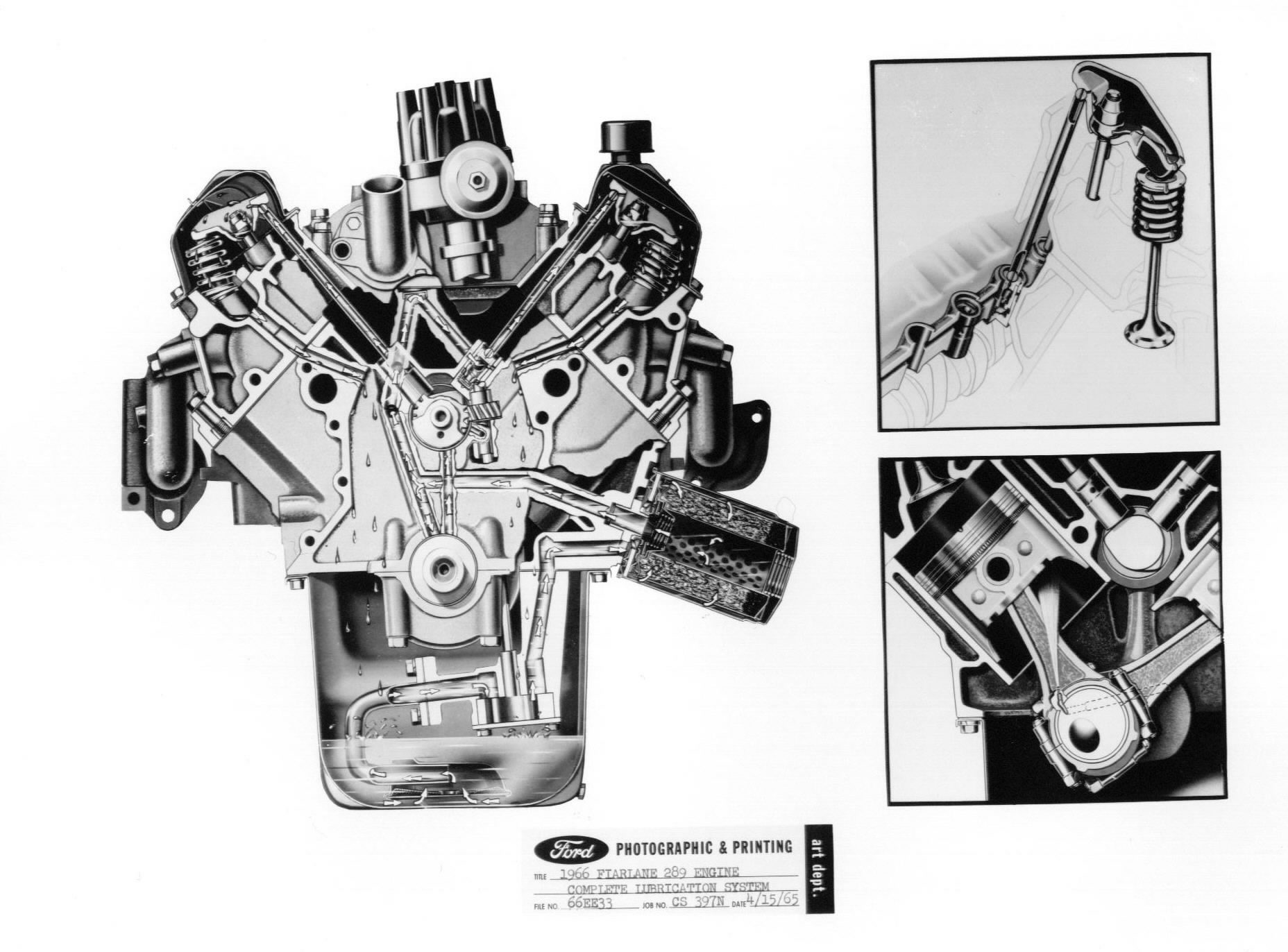Hello! I wanted to ask the opinion of those that would know about the appeal and benefit of Chrysler's Hemi engine. I know it means Hemispherical, beyond that I don't! I know, or think, this style of engine debuted in the 70s and has made a return in the 2000s. So there is one for a truck and one for the cars. Well then, what is the appeal of the Hemi?
Wanting to get more into fast cars, I sometimes people talk about how the Hemi isn't all that great, or was and is no longer. I have an analytical mind and I have to wonder, if the Hemi is so good then why is it not in ALL of Chrysler's engines? Compact? Why are people not clamoring to get one? As I said, please educate me.
Considering buying a muscle car of some sort, something to toss around on weekends. Unsure where to start in the whole deal. Thank you
Wanting to get more into fast cars, I sometimes people talk about how the Hemi isn't all that great, or was and is no longer. I have an analytical mind and I have to wonder, if the Hemi is so good then why is it not in ALL of Chrysler's engines? Compact? Why are people not clamoring to get one? As I said, please educate me.
Considering buying a muscle car of some sort, something to toss around on weekends. Unsure where to start in the whole deal. Thank you













